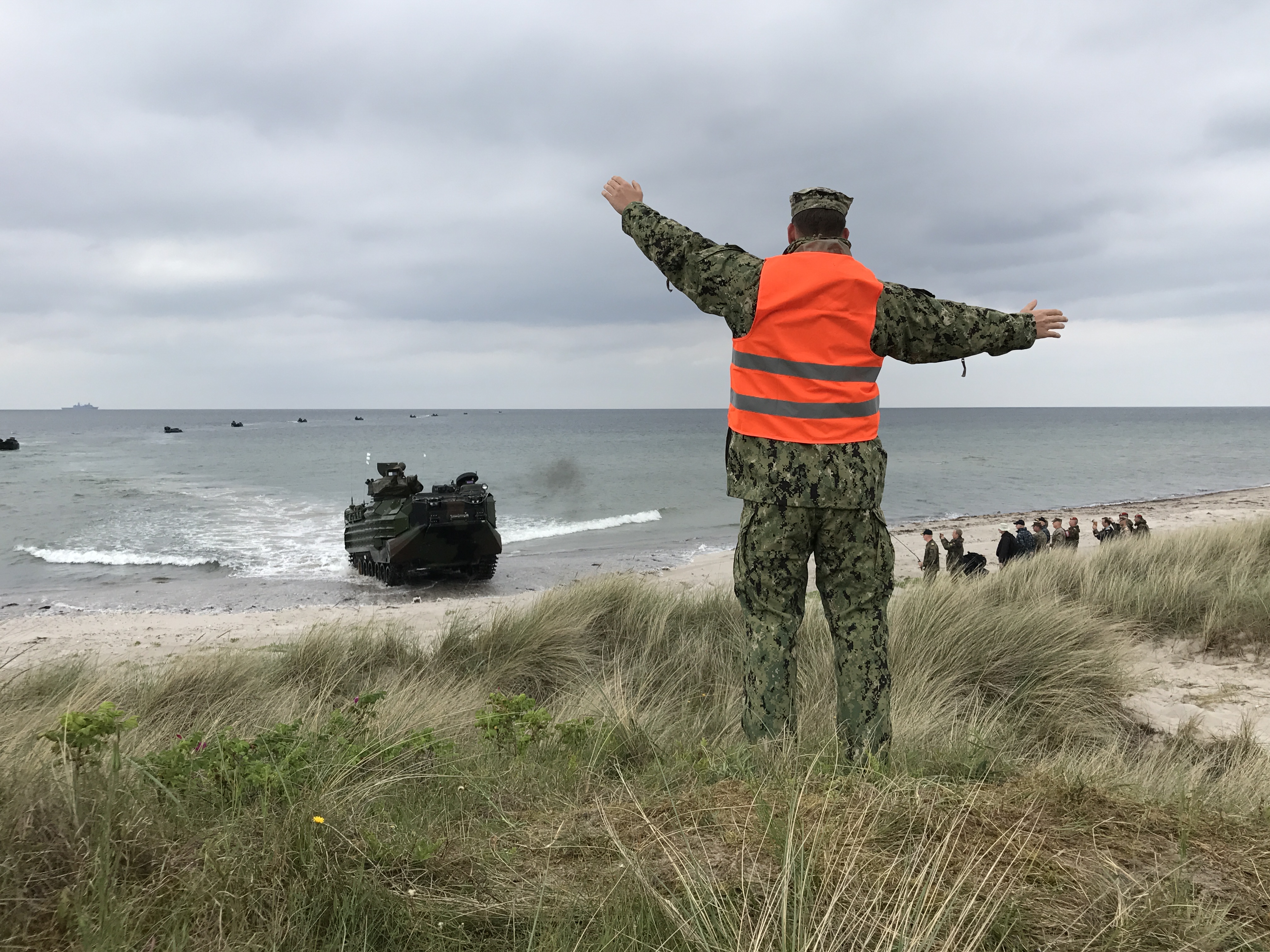
NATO and U.S. Baltic Sea Exercises Highlight Ongoing Tensions with Russian Forces
ABOARD AMPHIBIOUS WARSHIP USS ARLINGTON — BALTOPS 2017, now in its 45th year as an annual naval exercise, took place during…
Copyright 2024 U.S. Naval Institute. All Rights Reserved.